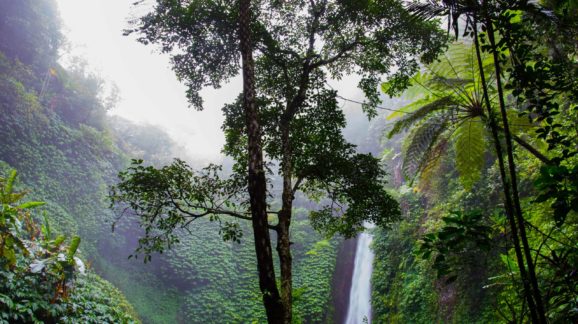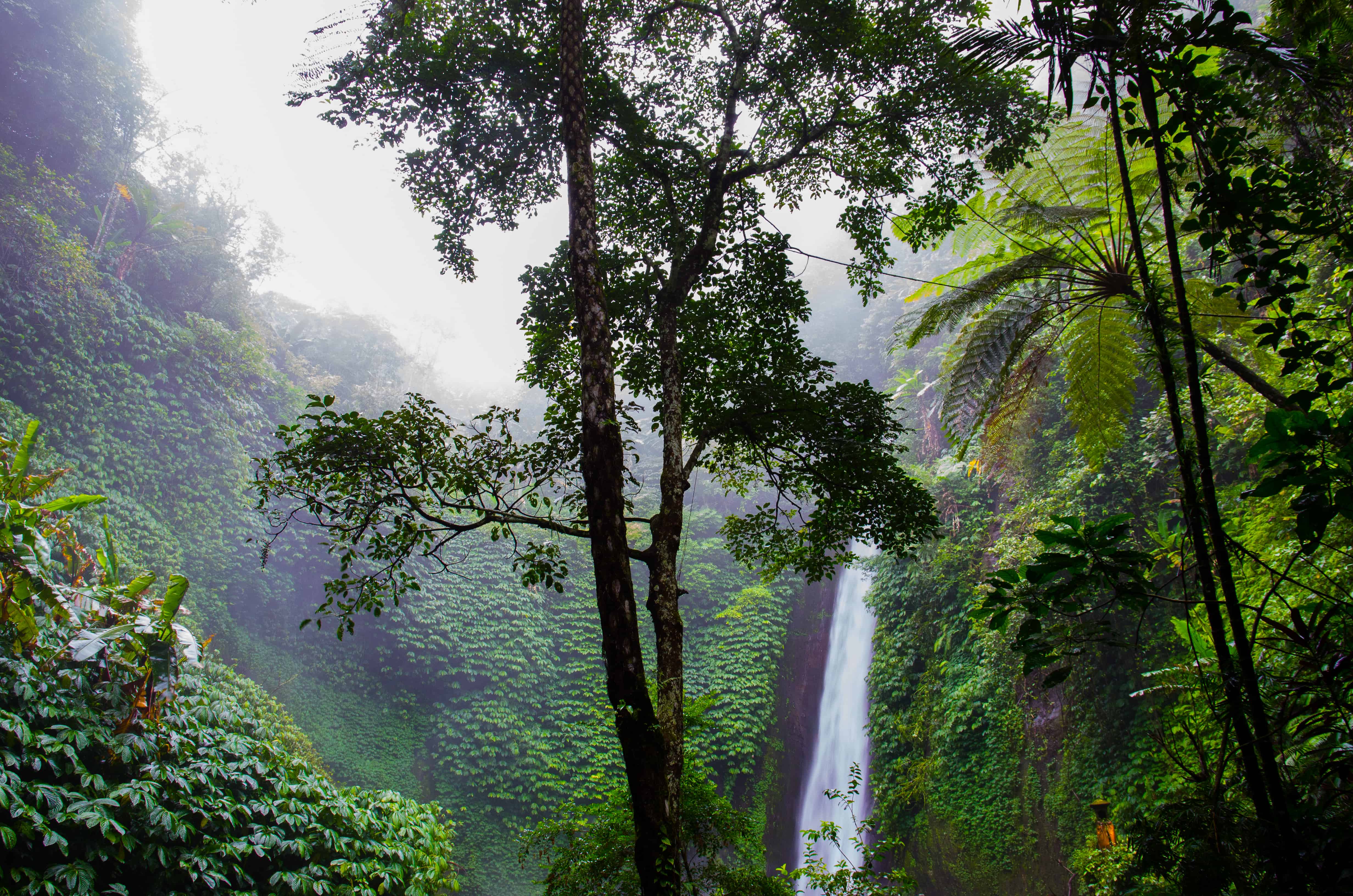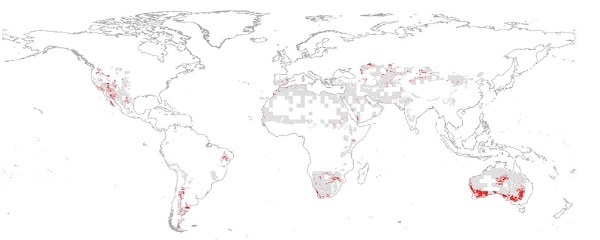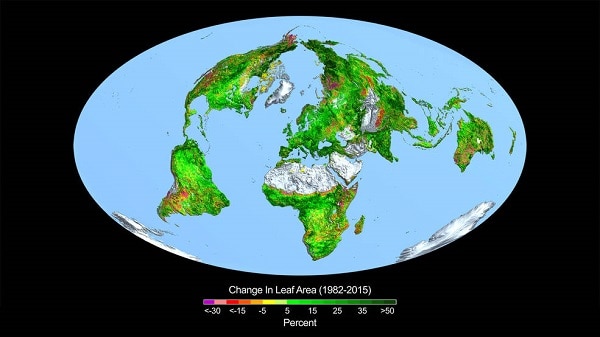Yet Another Study Confirms Ecological Benefits of Carbon Dioxide

 Imagine if empirical data revealed that since 1982, green foliage cover had retreated by 11 percent in the Earth’s arid regions and across the world by an amount equal to twice the land area of the continental United States. Imagine further that since the dawn of the industrial revolution, the quantity of plant biomass produced by photosynthesis had declined by 31 percent.
Imagine if empirical data revealed that since 1982, green foliage cover had retreated by 11 percent in the Earth’s arid regions and across the world by an amount equal to twice the land area of the continental United States. Imagine further that since the dawn of the industrial revolution, the quantity of plant biomass produced by photosynthesis had declined by 31 percent.
The usual suspects in the climate change debate would shout “it’s worse than we thought,” and they would be right. But that’s not what happened. Indeed, quite the opposite.
Satellite data indicate that “green foliage cover in warm, arid environments” increased by 11 percent during 1982-2010, according to a June 2013 study by four Australian researchers. The scientists chiefly attribute the greening of the deserts to “a 14 percent increase in the atmospheric carbon dioxide concentration over the same period.” Rising carbon dioxide concentration enables plants in “water-limited regions” to shrink their stomata (pores), allowing them to absorb all the gas they can while minimizing water loss through evaporation.

Figure Source: Donohue et al. CO2 fertilization on maximum foliage cover across the globe’s warm, arid environments. Geophysical Research Letters, Vol. 40, 28 June 2013 (note: red dots show arid areas where recent greening has occurred)
More recently, an international team of 32 authors from 24 institutions in eight countries used NASA satellite data to measure changes in “leaf area index, or amount of leaf cover, over the planet’s vegetated regions” during 1982-2015. They found an “increase in leaves on plants and trees equivalent in area to two times the continental United States.”

Figure Source: Zhu et al. Greening of the Earth and its Drivers. Nature Climate Change, Vol. 6, 25 April 2016
Last week, Nature published a study by nine researchers from three countries (USA, France, Finland), who analyzed bubbles trapped in Antarctic ice cores to measure the effects of carbon dioxide emissions on the overall rate of terrestrial plant photosynthesis—a metric called gross primary productivity. Using plant-free Antarctica to measure changes in plant behavior may seem paradoxical. New York Times reporter Carl Zimmer provides a layman-friendly explanation of the scientists’ research strategy.
In brief, air bubbles in Antarctic ice cores show the concentration of a trace gas called carbonyl sulfide, a molecule composed of a carbon atom, a sulfur atom, and an oxygen atom. The gas is “present only in a few hundred parts per trillion in the atmosphere.” Decaying organic matter in the ocean emits carbonyl sulfide, as do certain textile manufacturing processes. “Plants draw in carbonyl sulfide along with carbon dioxide,” and as “soon as it enters their tissues, they destroy it.” Hence, “the level of carbonyl sulfide in the air drops as plants grow.” Despite human emissions of the gas, which can be calculated from economic data, carbonyl sulfide in the atmosphere today is at its lowest level in 54,000 years.
Zimmer explains the big picture:
Analyzing the ice, [lead research] Dr. [Elliott] Campbell and his colleagues have discovered that in the past century, plants have been growing at a rate far faster than at any other time in the past 54,000 years. Writing in the journal Nature, they report that plants are converting 31 percent more carbon dioxide into organic matter than they were before the Industrial Revolution.
The increase is due to the carbon dioxide that humans are putting into the atmosphere, which fertilizes the plants, Dr. Campbell said. The carbon in the extra plant growth amounts to a staggering 28 billion tons each year. For a sense of scale, that’s three times the carbon stored in all the crops harvested across the planet every year.
What climate activists call “carbon pollution” is conferring a boon of mind-boggling proportions on the green things they profess to love. Maybe in 50 years, carbon dioxide-related increases in global temperatures will begin to reduce total green foliage cover and photosynthetic activity. Or maybe not. For all we know at this point, the even higher carbon dioxide concentrations of future decades will accelerate the greening that is already unprecedented in the past 54,000 years.
This much seems clear. So-called carbon pollution has done much more to expand and invigorate the planet’s greenery than all the climate policies of all the world’s governments combined.